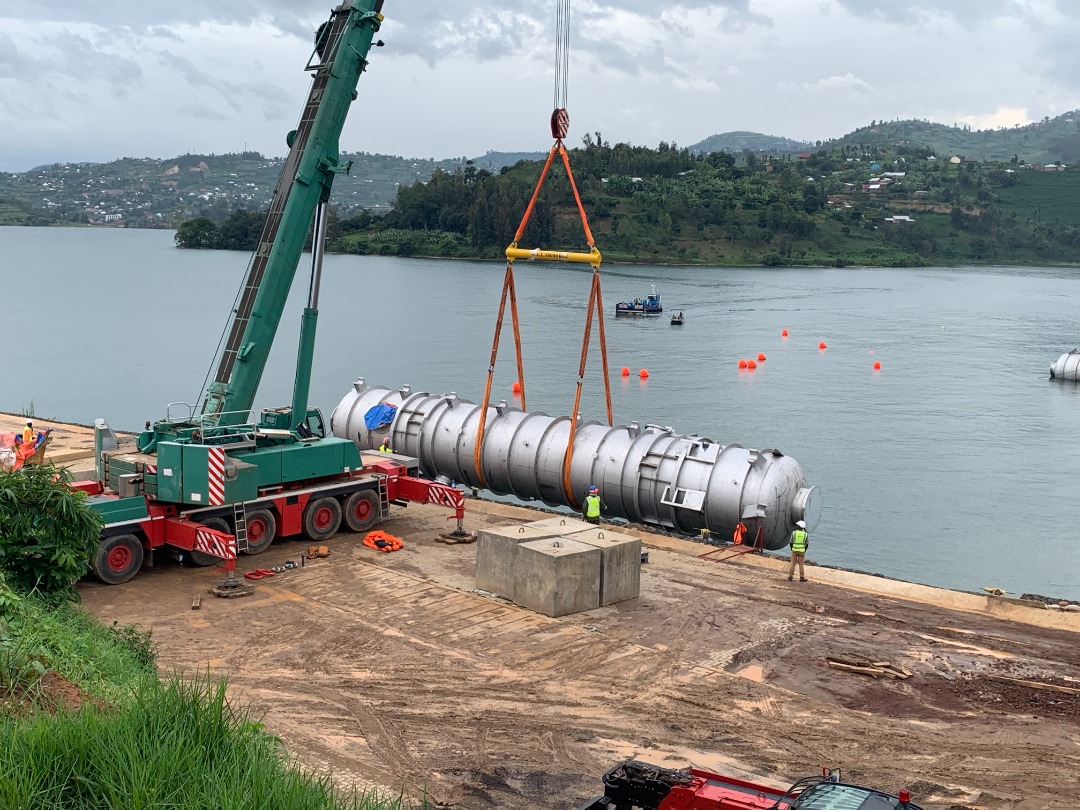
Shame Power Lake Kivu Ltd (SPLK Ltd)
On October 22 of every year, the World celebrates International World Energy Day.
The Sustainable Development Goals on access to electricity requires that countries hit 100% access by 2030 but Rwanda wants to achieve this target six years earlier – 2024.
With barely three years left to this timeline that Rwanda has committed to, Rwanda Energy Group(REG) says that so far over 1.8million homes (representing 48.4%) have been connected to the main grid while those on the off grid have reached 18.5%.
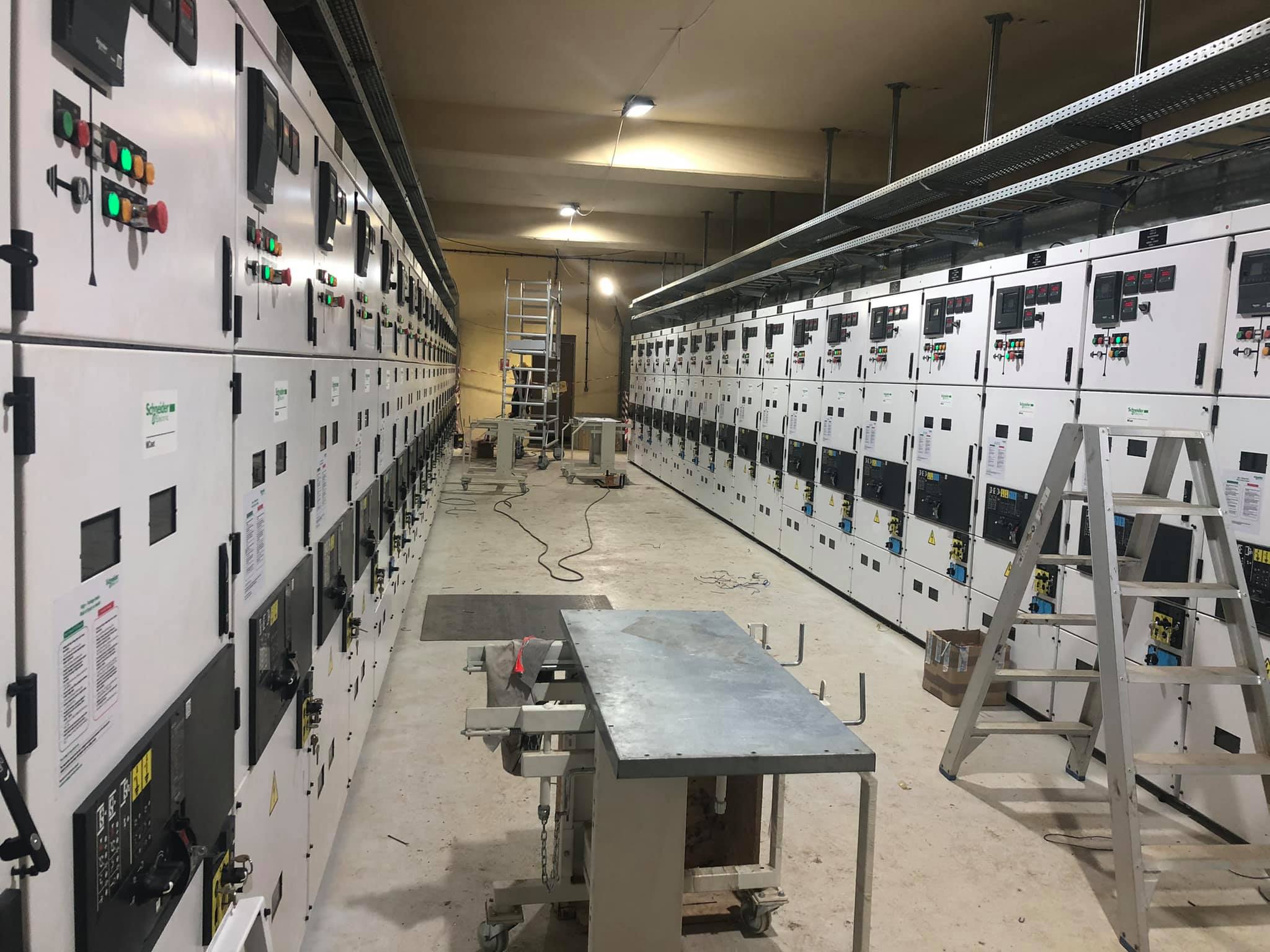
Shame Power Lake Kivu Ltd (SPLK Ltd)
Looking at the increase in access in the last 11 years (since 2010) there has been a six fold national growth from 10% to 66.8% to date.
In the financial year 2020-21 at least 178,000 households were connected to the main grid while 78,000 were tapped in on the off grid which was also enabled by increase in power generation to 238megawatts from 89megawatts in 2009.
This represent a two-fold increase (2.6) as a result of several power and electricity distribution projects put in place across the country.
Projects in pipeline
From 89MW in 2009, Rwanda has embarked in increasing electricity generation through strategic power projects.
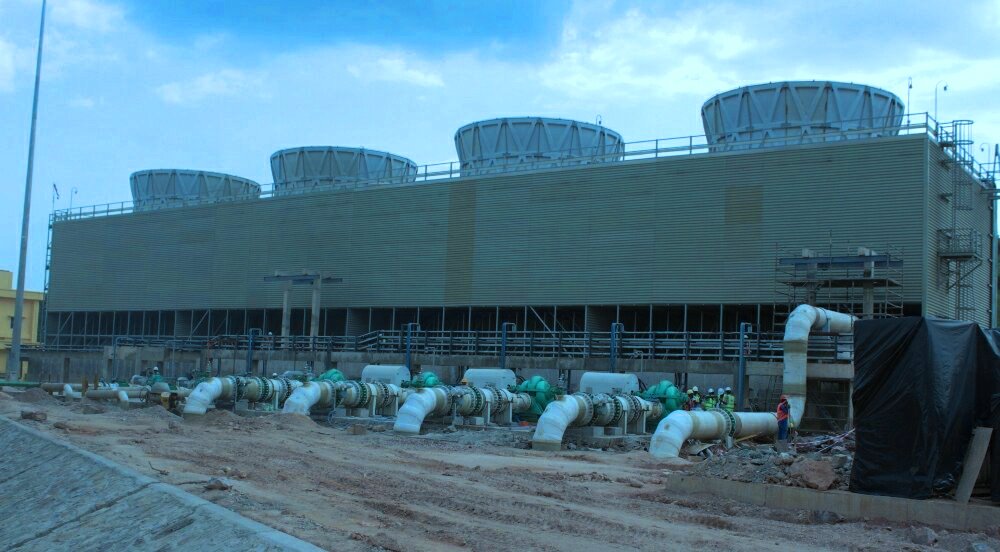
Gisagara Peat to Power plant
Some of the projects that will see this generation increase include the 70MW Gisagara peat to power construction project which was signed in February 2016 between the government and a Turkish developer- Hakan Madencilik Ve Elektrik Uretim San. Tic. A.S
The on-grid 56MW Kivu methane gas project called Shame Power Lake Kivu Ltd (SPLK Ltd) in Lake Kivu, which will cost over $200M under a joint partnership between the government and SPLK Ltd.
This project will produce 14MW in the first phase and the rest will be produced in the following phases. It adds to another existing 26MW from KivuWatt project which was constructed by an American company-ContourGlobal in 2016.
The 80MW Rusumo hydro power plant- regional joint venture between Rwanda, Burundi and Tanzania was constructed at a tune of $340 million. Each country will get 26.7MW.
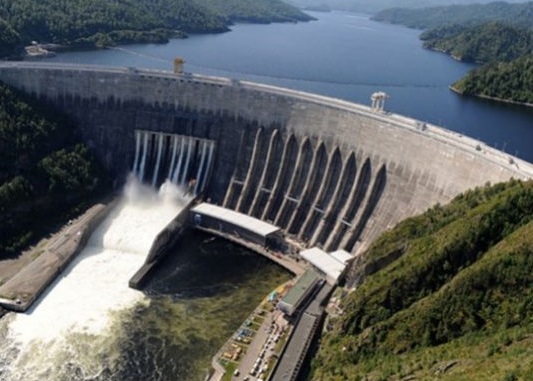
Rusumo hydro power station
Others yet to kick off include the 206MW Rusizi III power plant to serve Rwanda, Burundi and the Democratic Republic of Congo (DRC) alongside the 43.5MW Nyabarongo II power plant.
Power lines and stations
Rwanda has about 37 power generation stations from across the country and are useful in increasing the amount of electricity reaching communities.
Some of the lines under construction include an 84kilometer line from Rusumo (at Rusumo hydropower plant) to Bugesera district and 35KM line connecting Bugesera and Shango power stations, which is set to be completed soon.
Another major power line under construction (75KM) will connect electricity SPLK ltd in Rubavu district to the on-grid line passing through Bwishyura, Kigoma to reach the Rwabusoro station. It is expected to be completed end of 2022.
Also Rwanda and Burundi have a 64KM joint power supply project between the two countries which will run from Kigoma in Ruhango district, Nyanza district, Save and Kibilizi sectors in Gisagara (on the Rwandan side) to the Burundi-Rwanda border. This project is also expected to be completed this year.
More electricity and Alternatives
Considering the need for electricty connectivity especially in rural areas and increase of power phases to sustain business and industry, the Rwanda Parliament has tasked the Ministry of Infrastructure and the energy corporation to speed up implementation of the above projects.
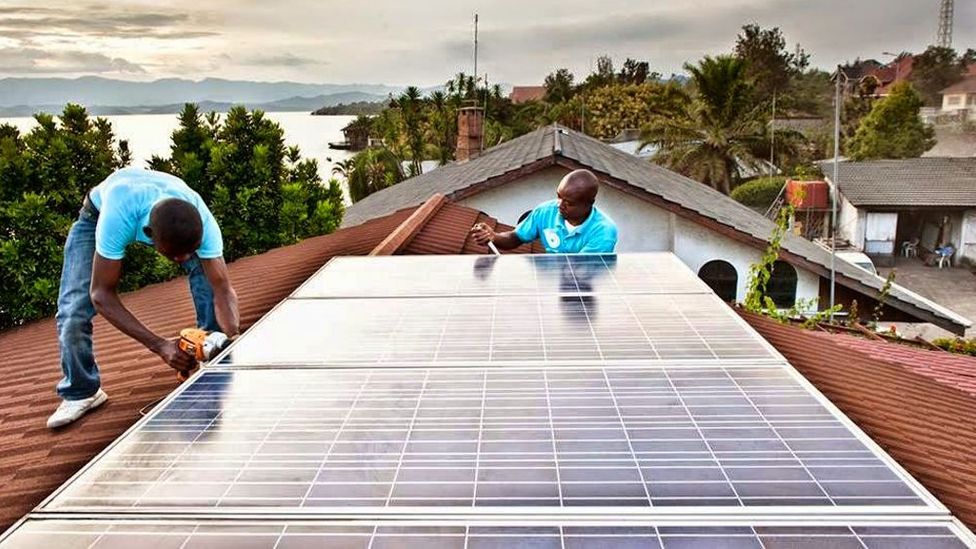
The solar energy supply is gaining momentum in rural Rwanda
One of the most recent involves the World Bank and the Development Bank of Rwanda which among others is aimed at increasing the number of citizens with access to electricity especially solar.
The project plans to connect over 370,000 households and according to the energy group, several private solar companies have been contracted to deliver this goal especially in areas which have never seen an electric pole in their community.
Under this project, citizens categorized under the ubudehe categories will be able to pay for the solar energy connection in three subsidized phases.


